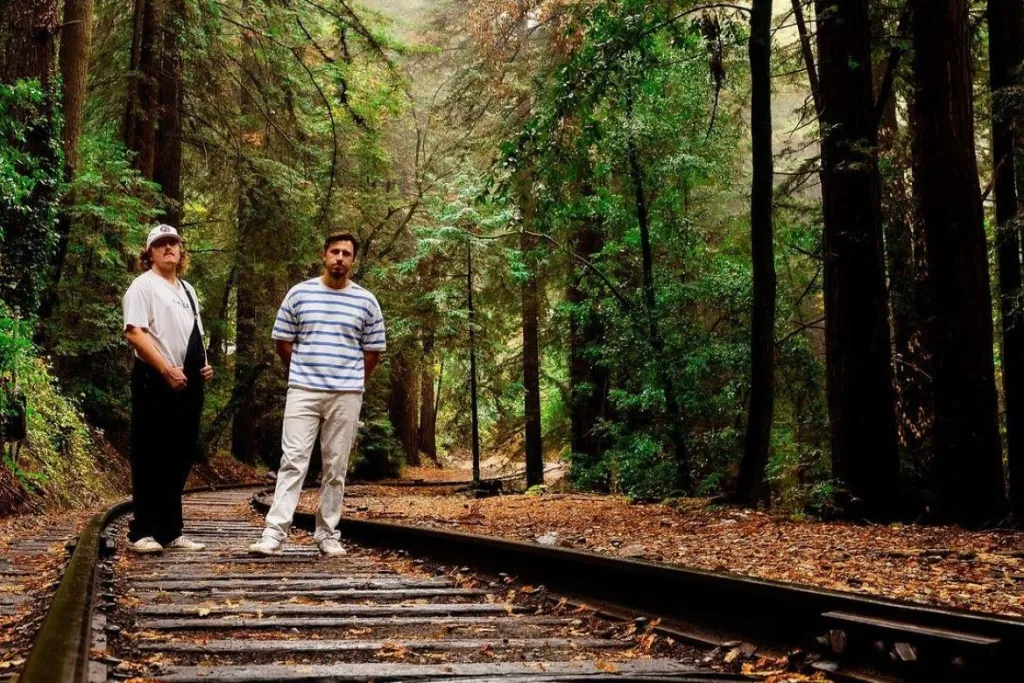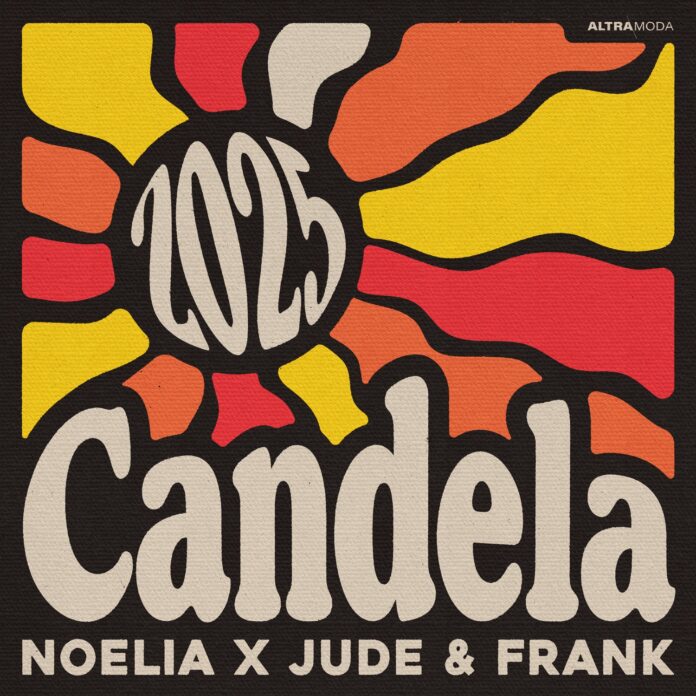WARNING: The following contains spoilers for Season 1 of Pacific Rim: The Black, now streaming on Netflix.
The first season of Pacific Rim: The Black explores a new side of the Kaiju conflict introduced in the 2013 film, Pacific Rim, and its 2018 sequel, Pacific Rim Uprising: The Netflix anime series follows siblings Taylor and Haley as they try to survive The Black, an apocalyptic wasteland dominated by Kaiju and human survivors looking out for themselves.
The show is a departure from the films in more than just its medium, focusing on civilian children trying to survive the world of Pacific Rim instead of the Pan Pacific Defense Corps; however, staples of the past two movies, as well as a connection to the Corps, nevertheless make the anime feel familiar. With the world of Pacific Rim and the Kaijus expanding, showrunner Greg Johnson spoke with CBR about Pacific Rim: The Black.
CBR: What about the past Pacific Rim films did you want to expand on the most in Pacific Rim: The Black?
Greg Johnson: There is so much to love about the films. The defense system put into place to protect Earth, rooted in our own militaries, helps anchor the fight in a reality we can relate to. The Jaegers, forged in foundries, brings both blue-collar and high-tech expertise together to construct massive battle tanks that are as heavy and mechanical as they realistically would be.
But Pacific Rim is not just about machines fighting monsters. The "machine" also refers to building a global response that can collectively defeat a common threat. All of humankind joins in the effort because nothing else matters. Reframing the world in that light is refreshing and exhilarating.
Also, the danger not only comes at us externally from the sea floor but internally within the Drift. Our heroes don’t just hop into the cockpit and deliver death blows; they put their very minds at risk when neural linking with a co-pilot. The risks come at them from all directions. When Craig and I first got together to discuss how we would approach a Pacific Rim series, we discovered quickly that we were drawn to the same elements. Diving deeper into what the Drift can offer as a means of exploring multiple layers of character depth, and essentially using the Jaeger as more than just a fighting machine, but as a home, a safe place in a hostile environment.
Above all, we wanted to do a deeper dive into the characters because that is where the threats hit the hardest. When you care about Taylor and Hayley, you want to come back each episode to see if they’re going to make it. Right up front, we show unexpected casualties, so it is not a given that any character will be around in the next episode. The battles take on a much bigger dimension when you really care who wins, who loses and who dies.
What did you want to explore that the films have not touched on?
In the films, the audience wants to see humanity win, so by the end of Pacific Rim and Pacific Rim: Uprising, that’s what needs to happen or it would likely be a disappointing experience. In a series, we can take our time in reaching any kind of victory. We can show what happens if we lose and the Kaiju win. Throwing two innocent lives into this landscape offers a very different storytelling vehicle.
We also wanted to advance the Precursor’s agenda so that they were not simply attacking our world the same way over and over. In the first film, they came through a single breach under the Pacific ocean. The next film, they attacked us from within by taking over our own weapons. And now, in Pacific Rim: The Black, the strategy of the Precursors has escalated. They open hundreds of breaches across a single landmass, which allows them to successfully establish a beachhead.
How did animation lend itself to Pacific Rim: The Black in ways that live-action couldn't?
It’s a bit of a misconception that animation allows more options than live-action. Though that was likely true in the past, it is not really accurate anymore. The artistry that goes into CG effects in a live-action are similar to what goes into animation. In fact, the reach and scope of the visuals is typically dictated by the size of the budget, and though the budget of an animated series is not typically as high as a live-action series, we also must control the number of characters, locations, shots and asset changes, like new character clothing and set destruction.
What we could do is set this series in the world of anime, which is the artform and storyform that inspired the live-action movies. In a way, Pacific Rim has gone full circle, and it is our hope that our series pays homage to both a western movie franchise and a more intimate anime experience.
Aside from the established lore of Pacific Rim, what else inspired this series?
You could probably point to any number of post-apocalyptic stories and say that’s what inspired us, but truthfully, that’s not where Craig and I started. We knew going in that the Jaeger and Kaiju battles would be what our audience would expect, but that those spectacles would not be enough to sustain a series without characters you genuinely care for.
Developing the Travis Family was more important to us than orchestrating scenarios for huge battles. Our primary focus had to be Taylor and Hayley, and once we understood the baggage they carry, we let the siblings loose in a Kaiju-ravaged country as they attempt to accomplish an emotional purpose. So, the bleak and dangerous desert and the Mad Max-like survivalists really arose naturally from the character arcs as opposed to the other way around.
There are a handful of new Kaiju introduced. Which one was your favorite and why?
We chose to portray our Kaiju, not as singular opponents, but as breeds, which is why we have multiple Acid-Quills and Bonespurs. The same could be said about Copperhead, though we only focus on one. And because Copperhead shows more intelligence by stalking our characters across the land, he is more interesting to me, but I really love the designs of all of them.
Jaegers have been a staple since the first Pacific Rim, but Apex is unlike the Jaegers we've seen before. What was the decision-making process behind who Apex would be?
The idea of a bio-mech came from Pacific Rim: Uprising. Credit goes to Craig, who had this vision of one of those Jaeger/Kaiju hybrids surviving the events of the movie sequel and now forging a life with no allegiance. There is a wonderful backstory mapped out that goes beyond what we had time to show -- which is usually the case when developing characters -- but I feel we reveal the most important aspects. Rest assured, we haven’t seen the last of Apex.
The show spends a significant amount in the Drift. What about the Drift did you find so compelling, and how did it help develop the core cast of characters?
Using the Drift has been a priority for us, as it is such a unique storytelling device. Yes, it’s the method in which two pilots can join their minds in order to operate the massive Jaeger. And yes, we use it to frame flashbacks. Fortunately, a series allows us the time to really explore what else is possible. First up was to establish a visual for what it looks like in the Drift, as opposed to simply dropping into a flashback. We came up with the Drift Space, a "void" similar to being underwater or in zero gravity. Memories float around contained in undulating bubbles, and merely touching a bubble launches you into that memory. We found other uses for the Drift, including private conversations between co-pilots, between a pilot and Loa (the AI) or even with the recorded Drift sessions of a previous pilot. The Drift is so unique to Pacific Rim that it’s exciting to expand it into new areas.
Why do you think Pacific Rim and the giant monster genre at large appeal so much to audiences?
Giant monsters are terrifying. Whether dinosaurs, dragons or interdimensional creatures, they all seem impossible to defend against. That said, conquering an insurmountable problem is what humankind is good at, and once all other distractions are removed, innovative approaches can surface. Like commissioning homebuilt monsters of our own.
Season 1 ends on a major cliffhanger. In terms of the show's future, what're you most excited about?
I can’t wait to continue unraveling the mysteries that Craig and I dreamt up way at the beginning. Where are the parents? What lies ahead for Boy? And who or what else must our heroes face off with in The Black?
Co-created by Craig Kyle and Greg Johnson and produced by Legendary Television and Polygon Pictures, Pacific Rim: The Black Season 1 is currently streaming on Netflix.
About The Author

